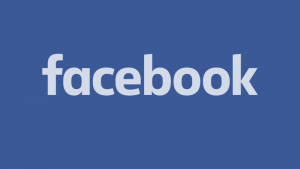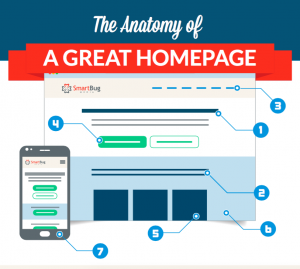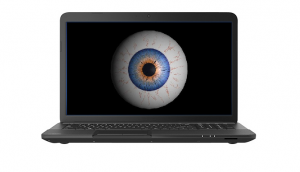by George Simpson, December 15, 2016
In a recent survey of more than 2,000 consumers, MarketingCharts found that print ads (82%), followed very closely by TV ads (80%), had influenced a purchase for more respondents than any other paid medium.
Direct mail (76%), radio ads (71%) and out-of-home ads (69%) rounded out the top five for trustworthiness.
Interestingly, the bottom eight were all variations of digital ads, from search down to mobile and pop-ups.
And yet, according to eMarketer, by the end of this year, U.S. digital ad spending will top TV spend, reaching $72.09 billion. Google alone will pull in about $30 billion in U.S. ad revenue this year, and Facebook in the neighborhood of $12 billion. Meanwhile, TV spending will grow to $71.29 billion.
Trust doesn’t translate into embrace, since traditional media ads are not immune to being ignored. Even satisfied customers will ignore their print ads (35%), discard their print ads or catalogs (34%), or mute, skip or turn off the TV channel (34%). No word on the number who record shows for later replay and then skip the ads.
It has been more than 20 years since ads starting showing up in digital media, and yet the industry has made little to no progress building trust with users — or, given the rates of outright fraud and metric “miscalculations,” with agencies and brands, either.
It’s hard to calculate who suffers more, the besieged users or the brands who still don’t know which half of their ad dollars are wasted (for them).
The early years of digital advertising were a chaotic land grab for “eyeballs,” using technology (takeovers, redirects, popovers) and techniques (relentlessly flashing units that blocked content, etc.) that did little more than piss off users. Data that was more assumptive than deterministic, and audience (or “behavioral”) targeting, only made it more efficient to serve the wrong ad to the wrong person at the wrong time. Users felt stalked by retargeting and hated every attempt to get them to pay attention to ads rather than the content they came to consume, such as auto-play and rich-media ad units with 500 different outcomes.
In the MarketingChart study, 43% of users said they skip online pre-roll ads. The bad crowded out the good.
Spending began its downhill flow to Google, where users could see and understand their utility — and to Facebook, where consumers know they will not be assaulted or held hostage by highly disruptive ad units. That Google and Facebook translate easily for the mobile environment hasn’t hurt either.
The sad irony is that although consumers say they trust print ads more than any other, they have by and large stopped paying for the paper products that helped build that trust from the beginning. Magazines are so desperate for dead-tree readers, there’s hardly a print pub in the country you can’t subscribe to for about $5 a year. Not a week goes by that one of the big publishers stops the presses forever, in a death-rattle attempt to get their brands to survive online. But in that same instant, paper ads drop to the lower rungs of trust, where digital wallows.
Fake news and Not-My-President have given newspapers a temporary stay of execution, since they promise to deliver True News (as they see it). But I suspect being in a perpetually adversarial posture with the new administration — which cares nothing about truth, honesty and transparency — will outrage many and encourage them to believe whatever crap flows from their Facebook newsfeeds.
I think that the trust that people have in print and TV ads are a byproduct of the trust they have in the environments in which they appear. Unfortunately, digital has done little to build that kind of trust.
MediaPost.com: Search Marketing Daily
(46)
Report Post







